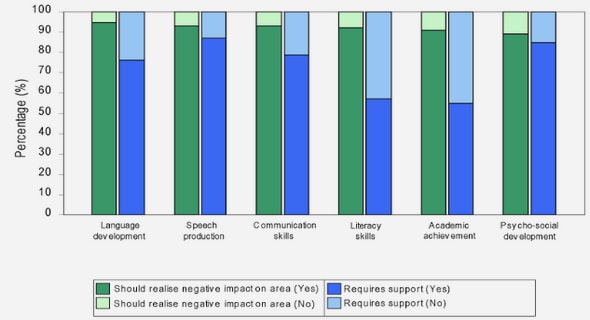(Downloads - 0)
For more info about our services contact : help@bestpfe.com
Table of contents
CHAPTER 1‐THESIS INTRODUCTION
1.DNA VACCINES
1.1 Historical perspective of DNA vaccines
1.2 Structural features of DNA vaccines
1.3 Safety issues
1.4 Immunological aspects of DNA vaccines
1.4.1 Routes of administration
1.4.2 Fate of plasmid DNA after injection and antigen presentation
1.4.3 Antigen presentation
1.4.4 Adaptive immune response: Cellular and Humoral Immunity
1.4.5 Immune memory
1.5 Preclinical and clinical progress of DNA vaccines
1.6 Improvement of DNA vaccines immunogenicity
1.7 Non‐biological delivery systems for DNA vaccines
1.7.1 Physical approaches
1.7.2 Chemical vectors
1.8 Biological delivery systems for DNA vaccines
1.8.1 Virus as DNA delivery vehicles
1.8.2 Bacteria‐based vectors
2.BACTERIAL VECTORS AS DNA DELIVERY VEHICLES
2.1 Basic Principles for Bacteria‐Mediated DNA delivery at mucosal surfaces
2.1. 1 Intestinal mucosa
2.1.2 Commensal bacteria and the intestinal mucosa
2.3 Bacterial vectors used for gene transfer
2.3.1 Pathogenic bacterial DNA delivery
2.3.1.1 Extracellular pathogens
2.3.1.2 Intraphagosomal pathogens
2.3.1.3 Intracytosolic pathogens
3.LACTIC ACID BACTERIA (LAB)
3.1 Taxonomy and characteristics
3.1.1 Physiology of lactic acid bacteria into the human gastrointestinal tract
3.1.2 The probiotic action
3.2 The model LAB: Lactococcus lactis
3.3 Lactococcus lactis: From cheese making to Heterologous protein Delivery
3.3.1 Gene expression systems and heterologous protein production in Lactococcus lactis
3.3.2 Lactococcus lactis as mucosal delivery vectors for therapeutic proteins … Error! Bookmark not defined.
3.4 Lactococcus lactis: From protein to DNA delivery
3.4.1 Native L. lactis as DNA delivery vectors
3.4.2 Recombinant invasive L. lactis as plasmid DNA delivery vehicles
CHAPTER 2‐Aim of the study
CHAPTER 3‐In vitro and in vivo characterization of DNA delivery using recombinant Lactococcus lactis expressing a mutated form of L. monocytogenes Internalin A
2.1 Introduction
2.2 Materials and methods
2.3 Results and Discussion
2.4 Conclusions
CHAPTER 4‐Immune response elicited by DNA vaccination using Lactococcus lactis is modified by the production of surface exposed pathogenic protein
3.1 Introduction
3.2 Materials and methods
3.3 Results
3.4 Discussion
3.5 Conclusions
CHAPTER 5‐Recombinant invasive Lactococcus lactis can transfer DNA vaccines either directly to dendritic cells or across an epithelial cell monolayer
4.1 Introduction
4.2 Materials and methods
4.3 Results
4.4 Discussion
4.5 Conclusions
CHAPTER 6‐GENERAL DISCUSSION, MAIN CONCLUSIONS AND DIRECTIONS FOR FUTURE WORK
CHAPTER 7‐REFERENCES
APPENDICE 1‐Recombinant Lactococcus lactis expressing both Listeria monocytogenes Lysteriolysin O and mutated internalin A applied for DNA vaccination
APPENDICE 2‐Immunotherapy of allergic diseases using probiotics or recombinant probiotics




